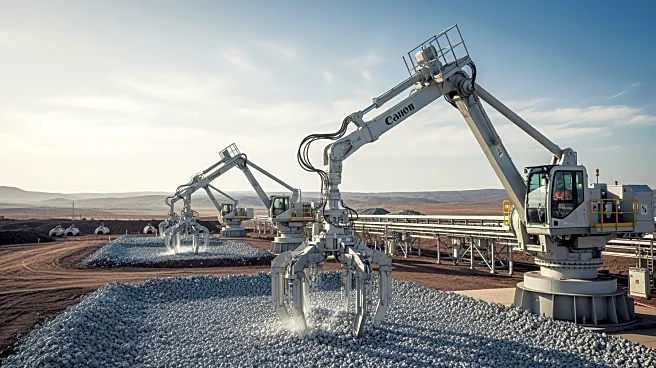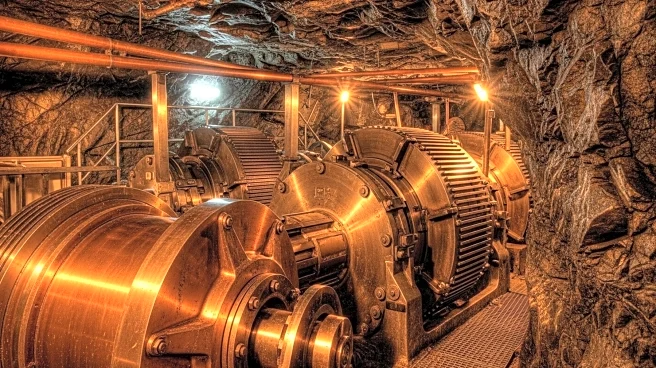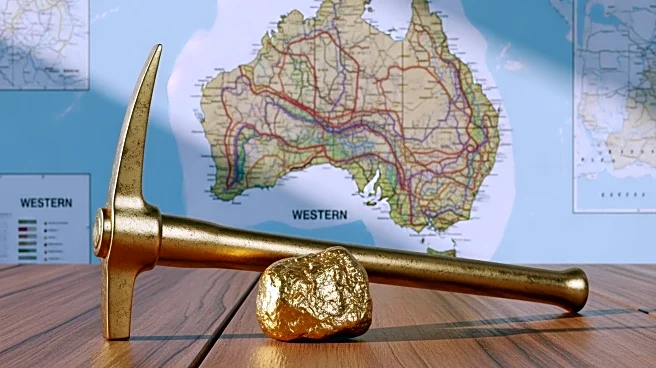What's Happening?
Kefi Copper and Gold, an Aim-listed company, is on the verge of finalizing a $240 million debt capital agreement for its Tulu Kapi project in Ethiopia. The financing process, which had been delayed due to a procedural issue with one of the syndicate parties, is now back on track. The company is preparing to produce gold at a rate of 140,000 ounces per year over the initial seven-year lifespan of the open-pit operation, with potential for future underground mining. Kefi has confirmed that project equity capital arrangements are progressing, and it has unused working capital resources and undrawn facilities ready for the full project finance drawdown. The total development cost for Tulu Kapi is expected to be $340 million.
Why It's Important?
The imminent signing of the debt capital agreement is a significant milestone for Kefi Copper and Gold, as it secures the necessary funding to advance the Tulu Kapi project. This development is crucial given the current high gold prices, which could enhance the project's profitability. The successful execution of this project could bolster Ethiopia's mining sector, potentially attracting further investment and contributing to the country's economic growth. Stakeholders in the mining industry, including investors and local communities, stand to benefit from the project's success through job creation and increased economic activity.
What's Next?
With the financing agreement expected to be signed soon, Kefi Copper and Gold will likely proceed with the construction and operational phases of the Tulu Kapi project. The company plans to provide further updates in the near term, which could include details on the project's progress and any adjustments to timelines or production targets. As the project moves forward, stakeholders will be watching closely to see how Kefi navigates potential challenges and capitalizes on the favorable gold market conditions.
Beyond the Headlines
The Tulu Kapi project represents a broader trend of increased interest in African mining ventures, driven by rising commodity prices and the continent's rich mineral resources. This development could have long-term implications for Ethiopia's mining policies and regulatory environment, as successful projects may prompt the government to refine its approach to attract more foreign investment. Additionally, the project's impact on local communities and the environment will be critical factors in assessing its overall success and sustainability.











